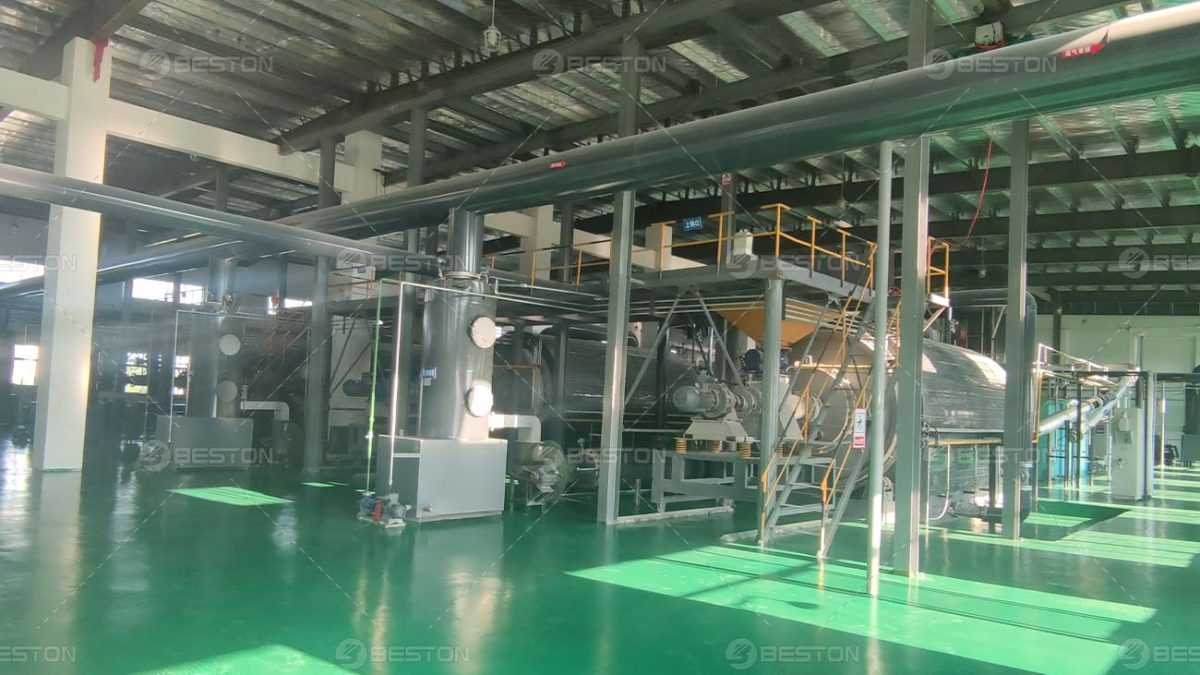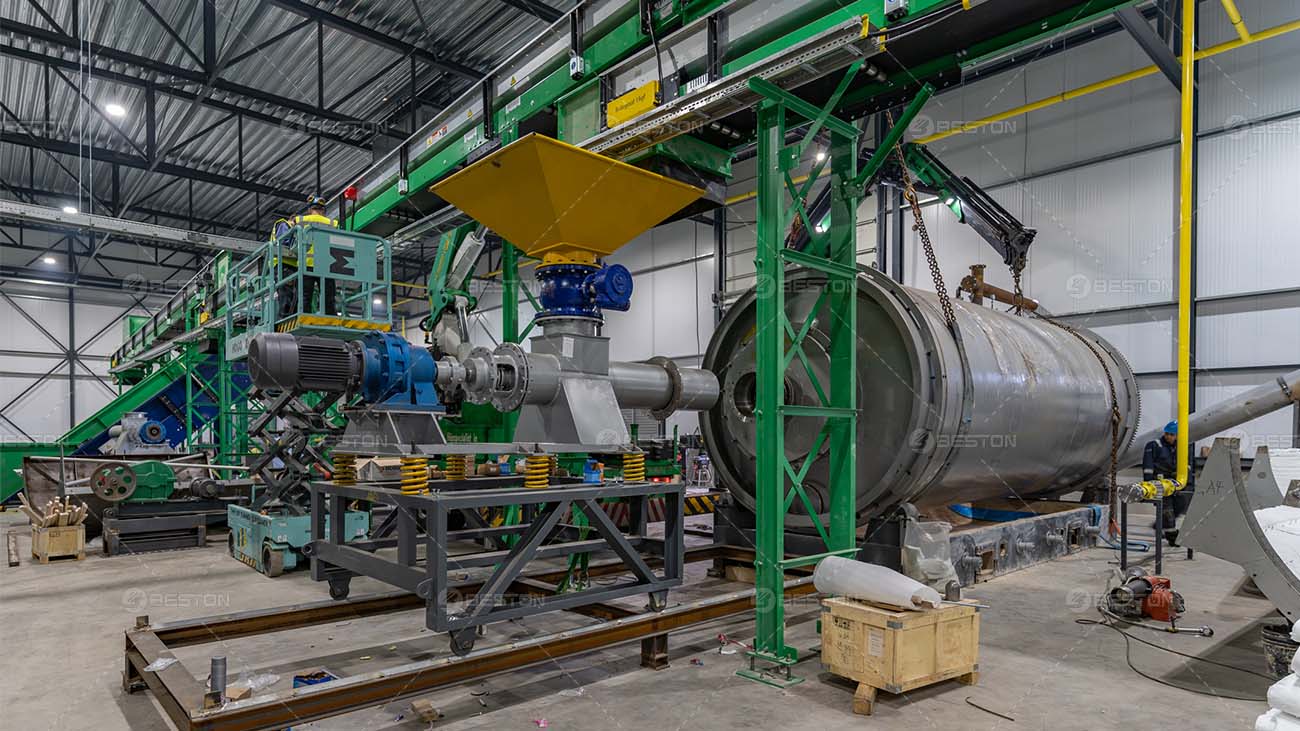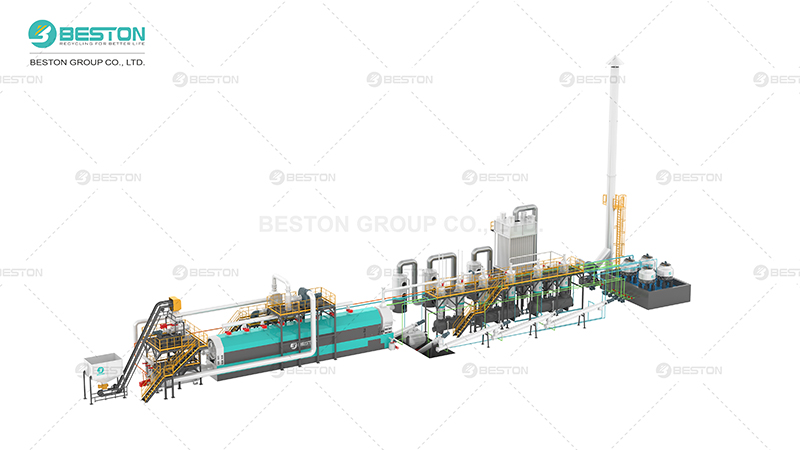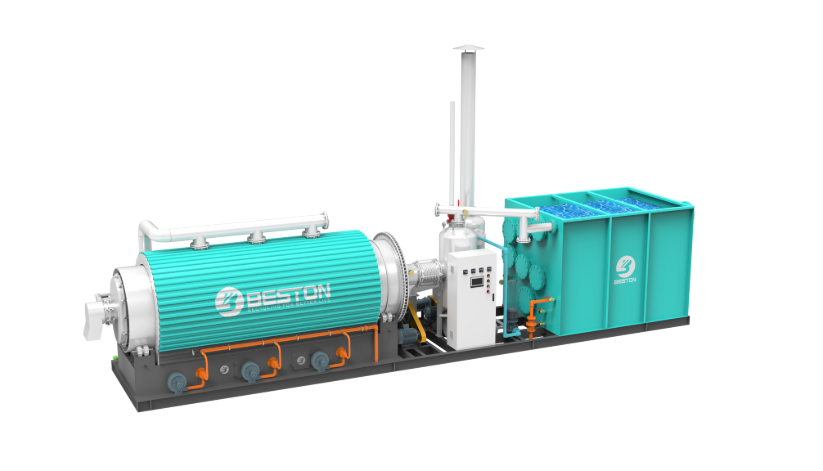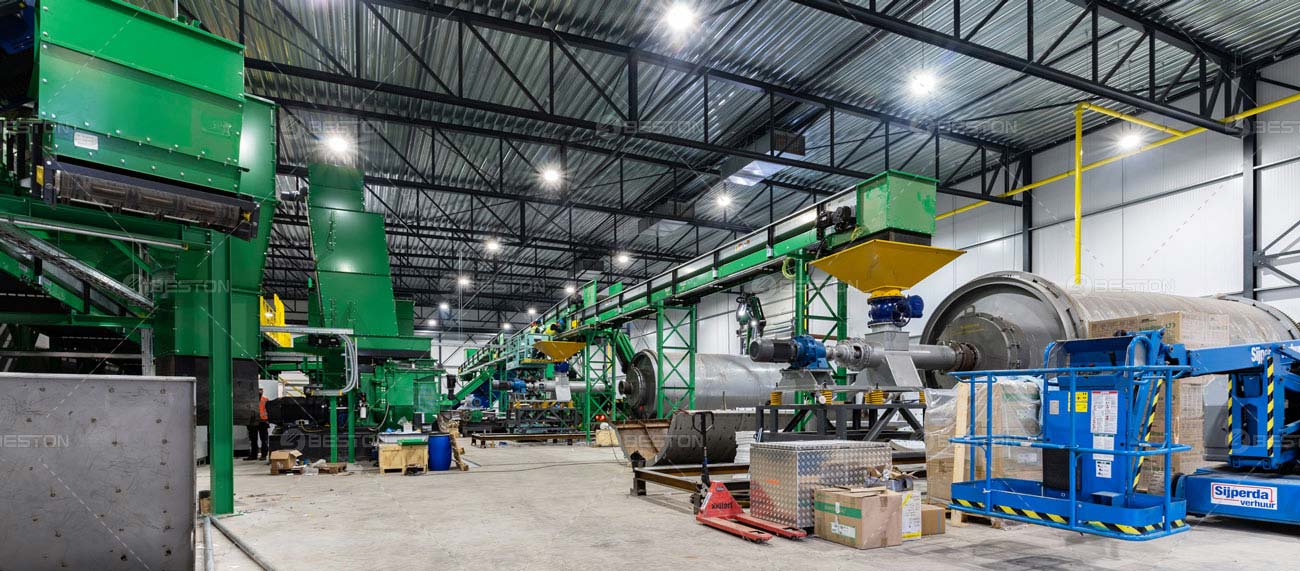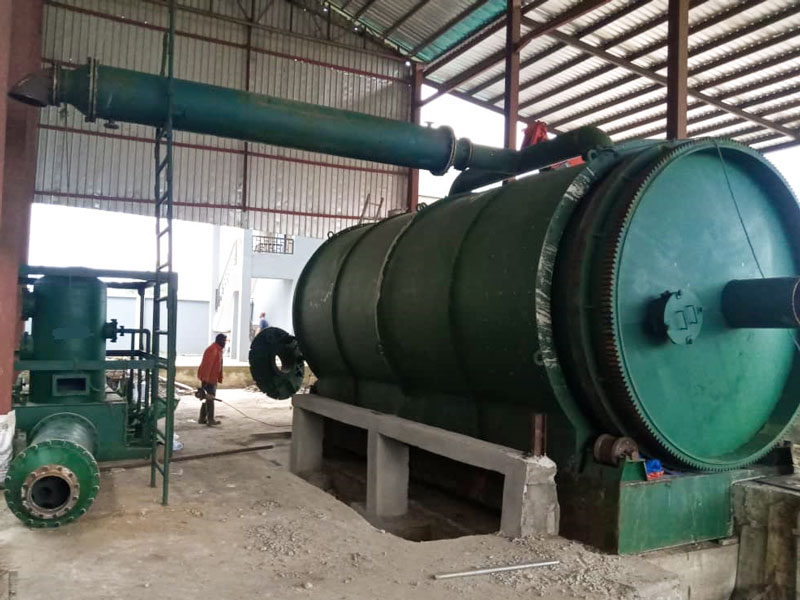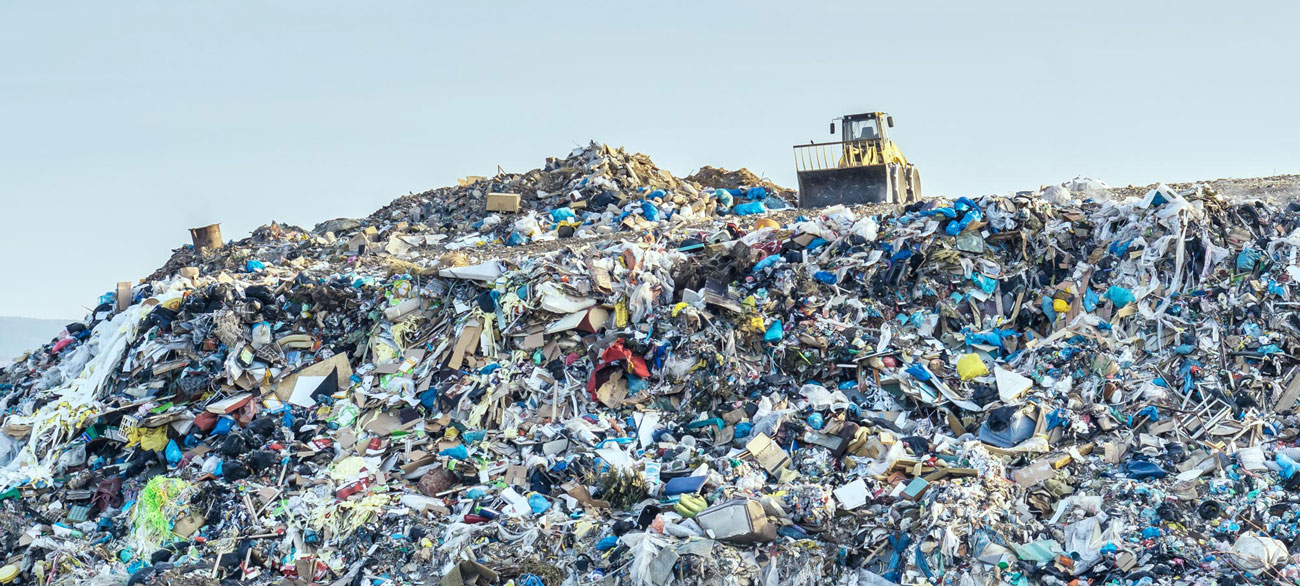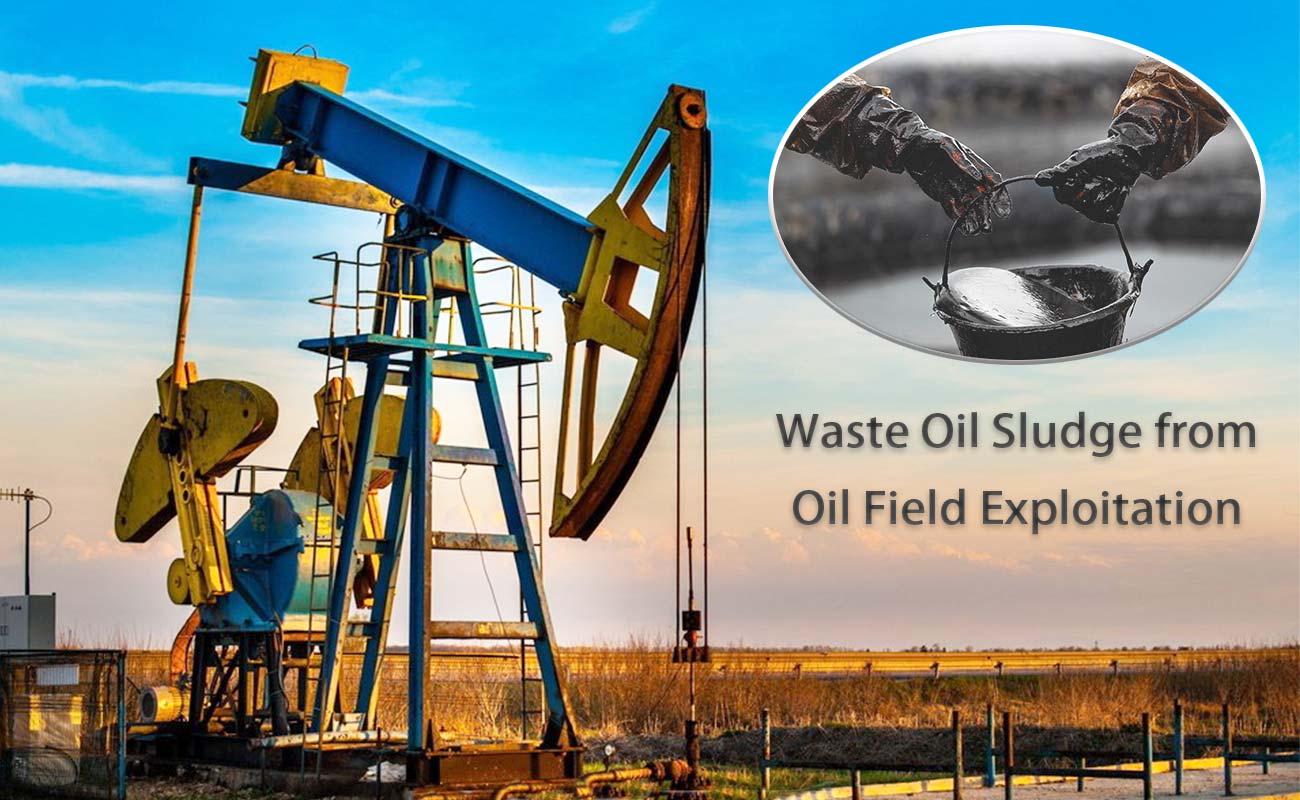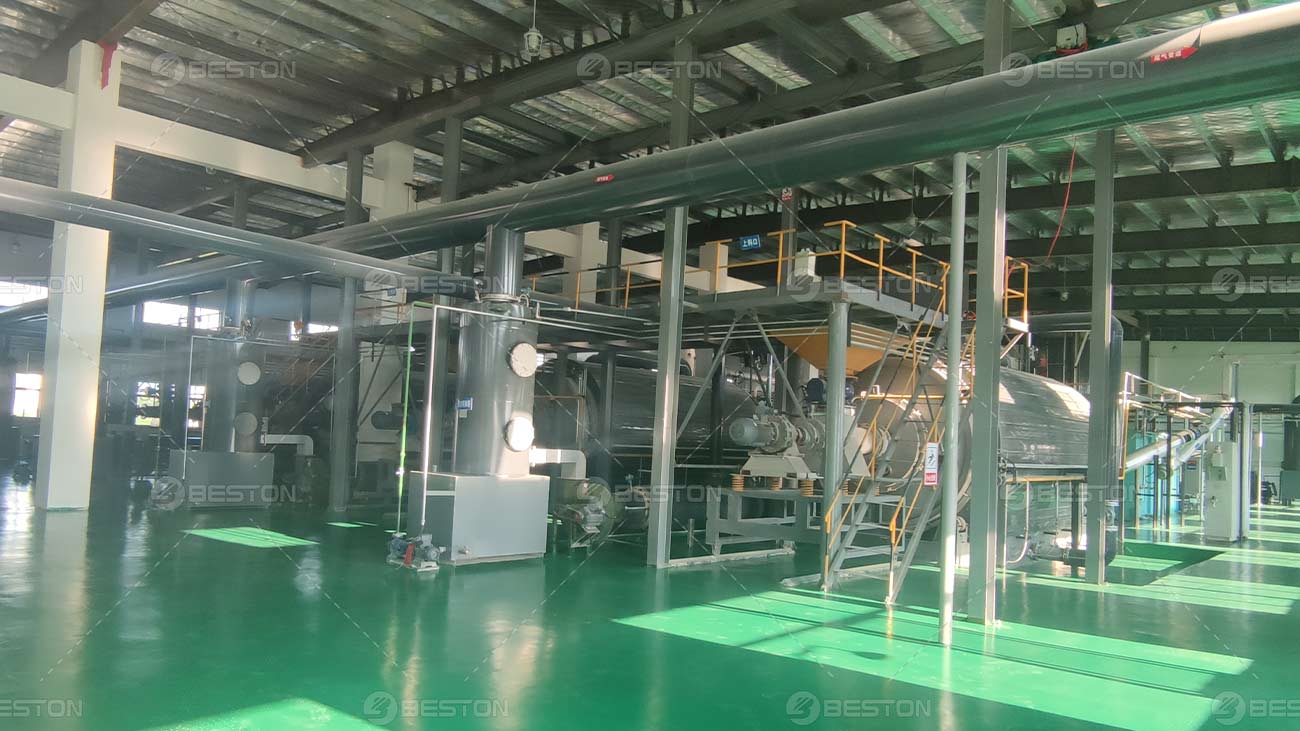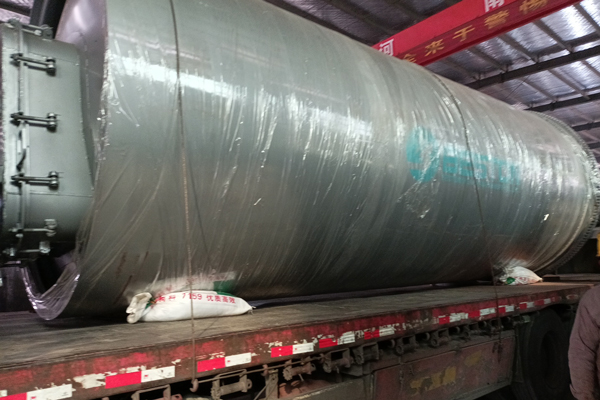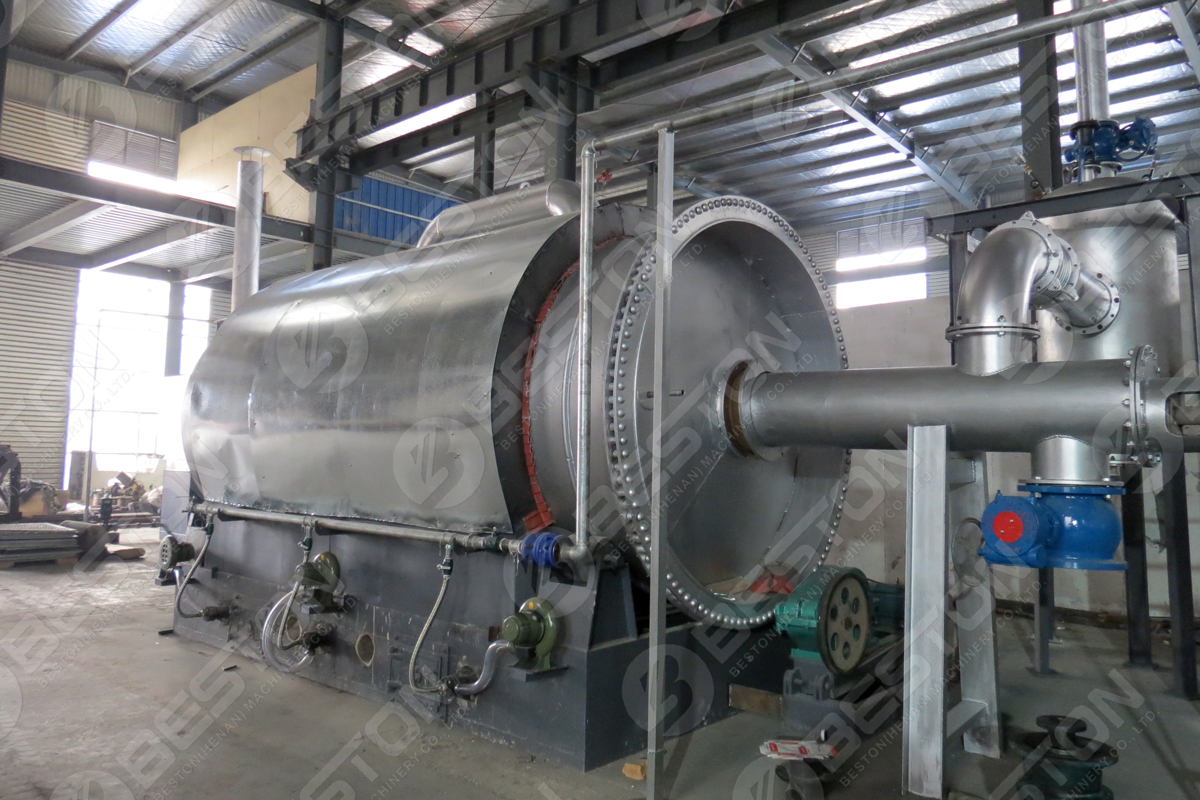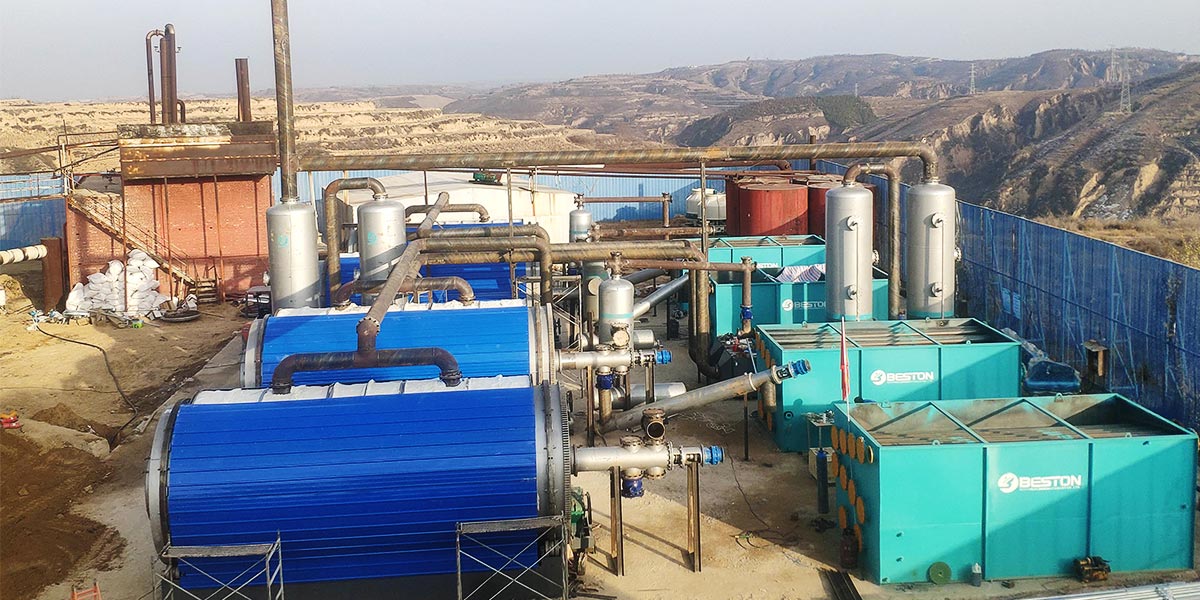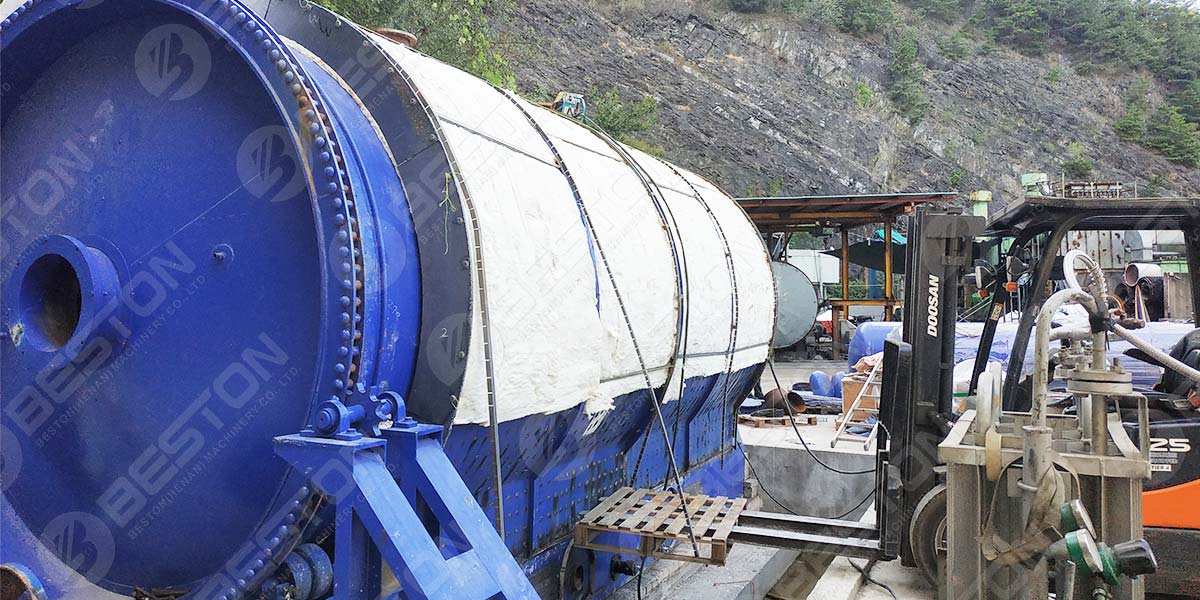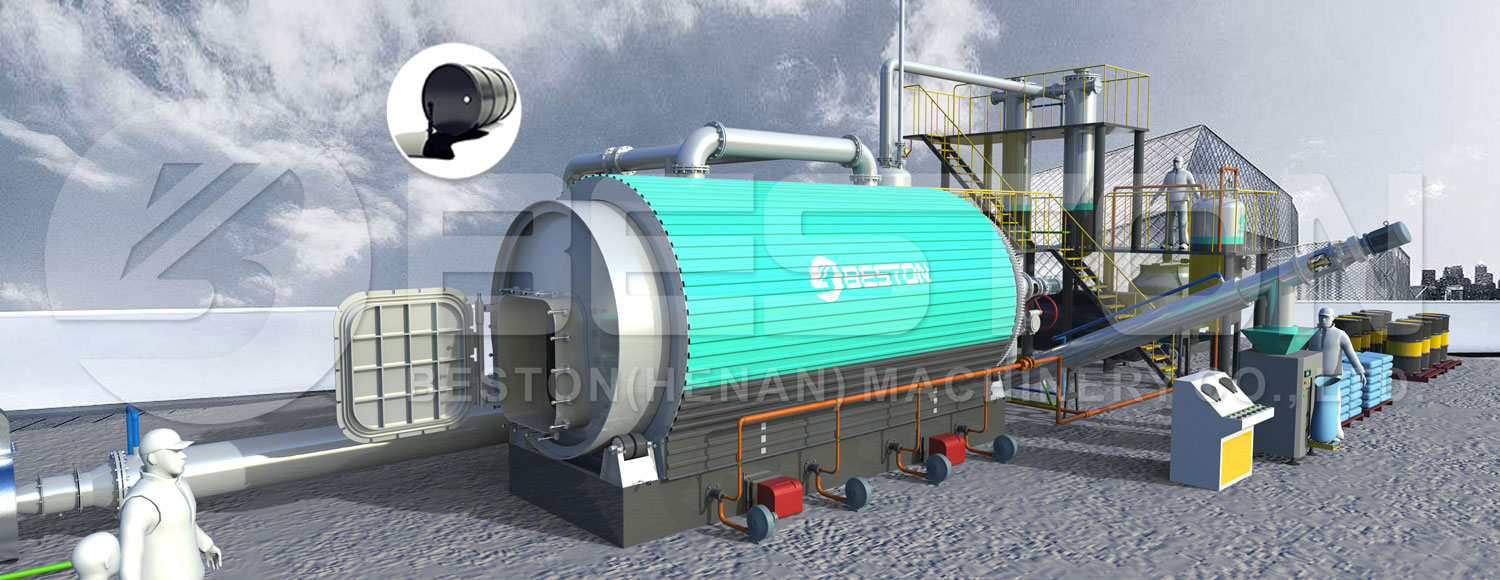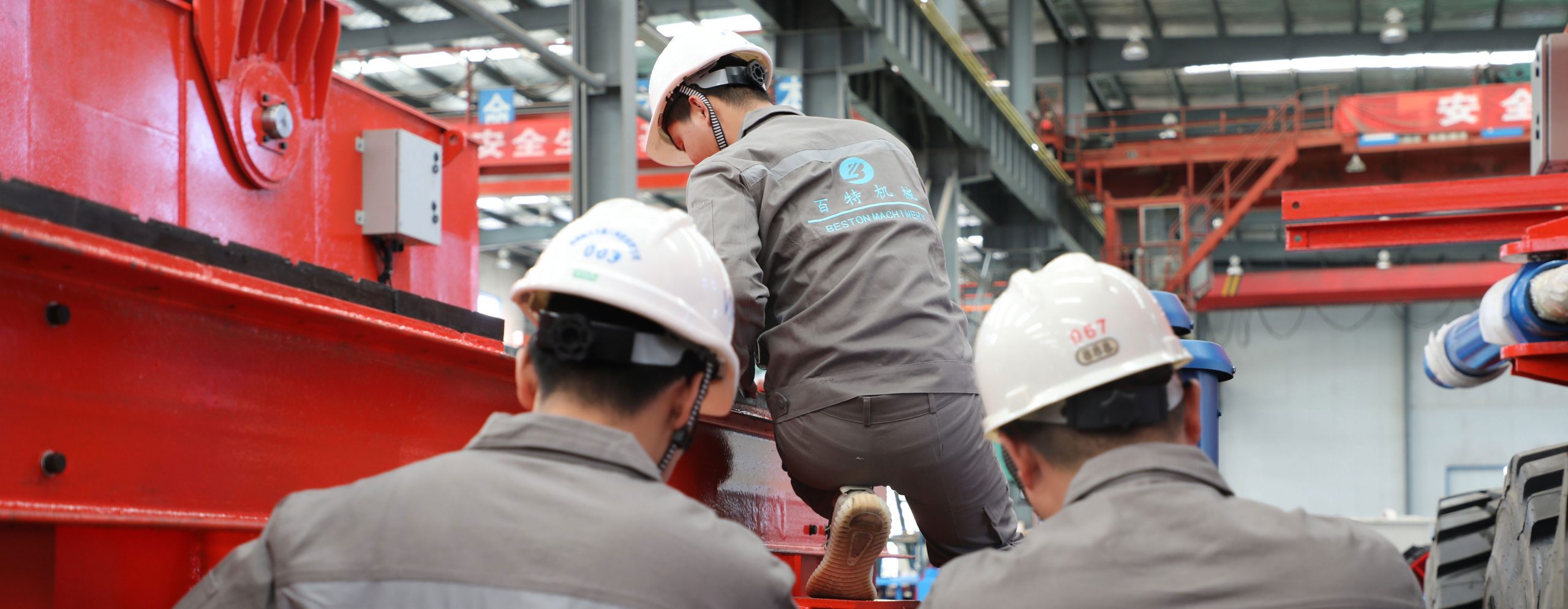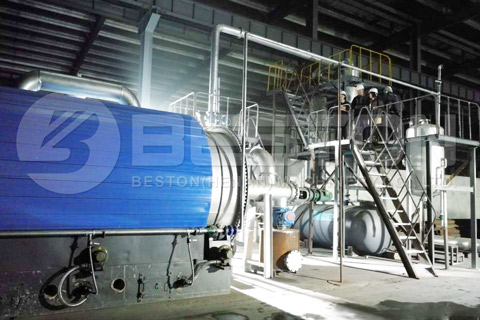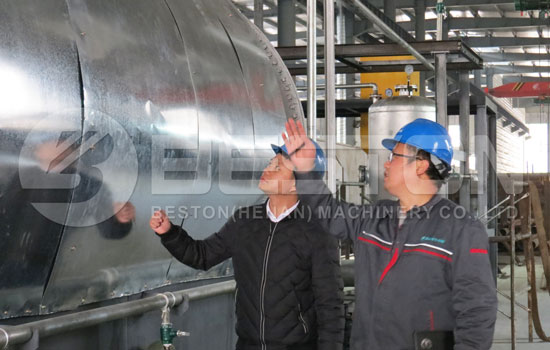In waste-to-energy operations, the efficiency of a pyrolysis plant is a critical determinant of its commercial viability and environmental performance. Whether processing rubber scrap, plastics, or contaminated soil, systems such as a tyre to oil plant, plastic to oil machine, or thermal desorption system rely on precise thermal control, reactor configuration, and feedstock characteristics to optimize oil yield and reduce energy expenditure.
Feedstock Composition and Pre-treatment
Oil output is closely tied to the chemical structure and moisture content of the feedstock. Rubber, plastics, and organic residues differ significantly in their volatile matter content and thermal decomposition behavior. For example, high-density polyethylene typically produces a higher oil yield compared to polyvinyl chloride, which releases corrosive gases and produces more char.
Pre-treatment methods—including shredding, drying, and dechlorination—play a key role in improving thermal uniformity and reducing energy consumption. In the case of a small pyrolysis machine, consistent particle size and moisture levels ensure stable combustion temperatures and minimize heat loss.
Reactor Design and Heat Transfer Efficiency
Reactor configuration directly affects pyrolysis kinetics. Fixed-bed reactors, commonly used in small pyrolysis machine models, are simple but often less efficient in heat distribution. In contrast, rotary and fluidized-bed designs offer superior heat transfer, leading to more complete feedstock conversion and higher oil recovery rates.
The incorporation of an internal heat exchanger or recirculating hot gas stream further enhances thermal utilization. Systems designed with multi-stage heating zones allow for progressive decomposition, which improves vapor residence time and facilitates higher-quality oil extraction.

Process Temperature and Residence Time
Thermal conditions must be meticulously regulated. Operating within the optimal temperature range—typically 450°C to 550°C for plastic and tyre materials—ensures maximal depolymerization while avoiding thermal cracking of valuable hydrocarbons. Undesired overheating leads to excessive gas production and carbon residue, diminishing oil yield.
Equally important is the vapor residence time in the condensation unit. Rapid quenching of pyrolytic vapor enhances liquid oil recovery and prevents secondary cracking. A plastic to oil machine with efficient cooling condensers and multistage separation chambers ensures better phase control and reduced oil loss.

Energy Recovery and Internal Fuel Reuse
Modern systems are increasingly designed to reuse the non-condensable gas produced during pyrolysis as an internal heat source. This significantly reduces external fuel demand, making the process energy-neutral or even energy-positive. A well-integrated tyre to oil plant can recover over 30% of its energy input through syngas recirculation.
Similarly, thermal desorption system variants often incorporate waste heat recovery units, using excess thermal energy for feedstock drying or preheating incoming air. These design enhancements improve overall system efficiency and reduce operational costs.
Control Systems and Automation
Automated process control is essential for sustaining optimal reaction parameters. Real-time monitoring of temperature, pressure, and gas composition allows for dynamic adjustments, preventing inefficiencies and system imbalances. Programmable logic controllers (PLCs) are now standard in mid- to large-scale installations, ensuring precision and repeatability across processing cycles.
Conclusion
The efficiency of a pyrolysis system hinges on a complex interplay of feedstock variables, reactor design, heat management, and control automation. Whether operating a compact small pyrolysis machine or a fully integrated thermal desorption system, maximizing oil yield and minimizing energy input remains the central focus of modern waste valorization technologies. Strategic design choices and robust process control directly influence the sustainability and profitability of tyre to oil and plastic to oil conversion plants.
